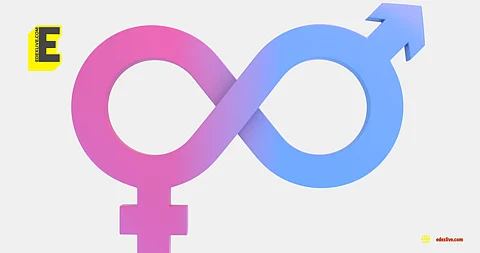

Even though boys and girls sit in the same classroom, read the same books, and listen to the same teacher, their learning experiences can be very different, said American author David Sadker.
Education plays a key role in shaping people’s social, cultural, political, and economic lives. In this sense, schools are the starting point for many things, including how children learn about gender roles.
In India, one of the biggest challenges to giving boys and girls equal education is the subtle gender bias in textbooks and the way traditional gender roles are often seen as normal in classrooms.
A gender audit of 18 primary National Council of Educational Research and Training (NCERT) textbooks (Classes 1 to 5) in Uttar Pradesh and Madhya Pradesh, anchored by the Department of Women Studies, NCERT, in 2014, found glaring instances of gender stereotypes and improper reflection of power structures in textbooks of many subjects.
If such an audit is expanded across other states of India, it is likely to show similar findings around gender bias and stereotyping in the curriculum.
This was further substantiated by a report released by a High-Level Committee on the Status of Women in 2015, which found a lack of “engendering” in the school’s curriculum.
We all have observed how textbooks and study materials stereotype gender roles, and often omit contributions of women to the varied fields of nation-building or tokenise them.
How often have we seen images of a man associated with depicting household work, or a policewoman on duty, or a male nurse in a hospital in our textbooks? It is probably safe to say never.
Indirectly or directly, this is how our education system has become a major contributor to internalising the gender bias, and stereotypes that exist within our society.
Efforts such as prioritisation of gender-sensitive education in the National Curriculum Framework 2005, and the release of guidelines by NCERT in 2019 for pre-school education with a strict focus on gender equality are a step forward.
Secondly, there is a need to invest in training and sensitisation of teachers on gender equality and empowerment through appropriate materials, as teachers become key change agents in this context.
Thirdly, initiatives such as the Gender Equality Movement in Schools (GEMS) with a clear monitoring framework and accountability mechanism are needed.
This, coupled with programmes that promote networking groups for men and boys to dispel and redefine the traditional, violent notions of masculinity, will create a more equitable ecosystem in schools and colleges.
